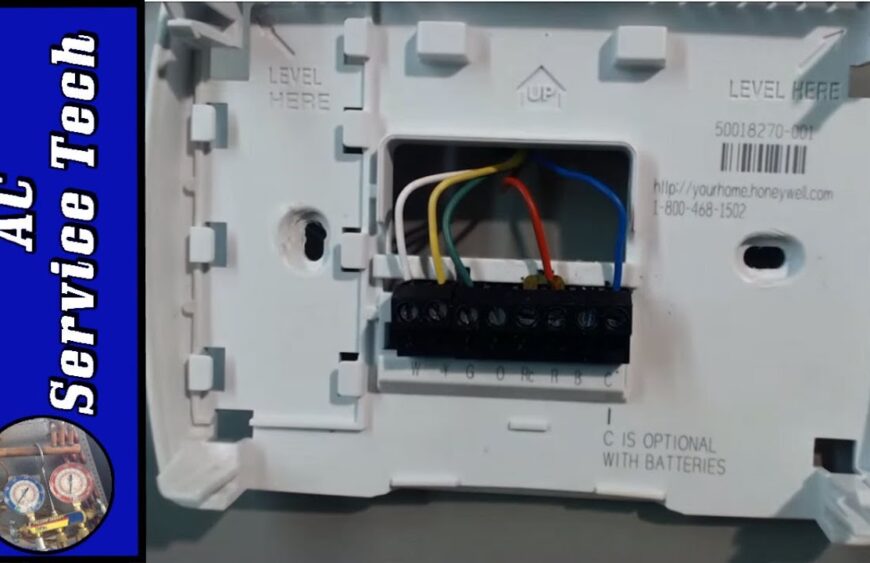Faulty or Unresponsive Thermostat
A thermostat is an essential device for keeping your home comfortable and energy-efficient. It monitors the temperature of your home and adjusts the heating or cooling accordingly. But if your thermostat is faulty or unresponsive, it can lead to serious issues such as overheating or cooling, as well as energy waste.
Common Issues with Thermostats
When a thermostat is faulty or unresponsive, it may have several underlying causes. Some of the most common issues include:
- Inaccurate temperature readings
- Incorrect settings
- Dirty sensors
- Loose wiring
- Faulty components
These issues can cause the thermostat to malfunction, resulting in poor performance or even complete failure.
Signs of a Faulty or Unresponsive Thermostat
If you notice any of the following signs, it may indicate that your thermostat is faulty or unresponsive:
- Inconsistent temperature readings
- Unexpected or sudden changes in temperature
- Inability to adjust the temperature
- Unusual sounds coming from the thermostat
- Delayed responses from the thermostat
If you experience any of these signs, it’s important to take action as soon as possible.
Troubleshooting a Faulty or Unresponsive Thermostat
If you suspect that your thermostat is faulty or unresponsive, there are a few steps you can take to try and troubleshoot the issue:
Check the Batteries
If your thermostat is battery-operated, check to make sure that the batteries are in good condition and are installed properly. If the batteries are low, replace them and see if this solves the issue.
Check the Settings
Make sure that the thermostat is set to the correct temperature and that the heating or cooling system is in the correct mode. If the settings are incorrect, adjust them and see if this resolves the issue.
Check the Sensors
Check to make sure that the sensors are clean and free of dust or debris. If they are dirty, use a soft cloth to gently wipe them clean and see if this solves the issue.
Check the Wiring
Check the wiring to make sure that it is securely connected and that there are no loose or frayed wires. If the wiring is not secure, tighten the connections and see if this resolves the issue.
Check the Components
If the thermostat has any components, such as a fan, check to make sure that they are in good condition and working properly. If any of the components are damaged or malfunctioning, replace them and see if this solves the issue.
Conclusion
If your thermostat is faulty or unresponsive, it’s important to take action as soon as possible. By following the steps outlined above, you can troubleshoot the issue and hopefully restore your thermostat to its normal functioning state.









